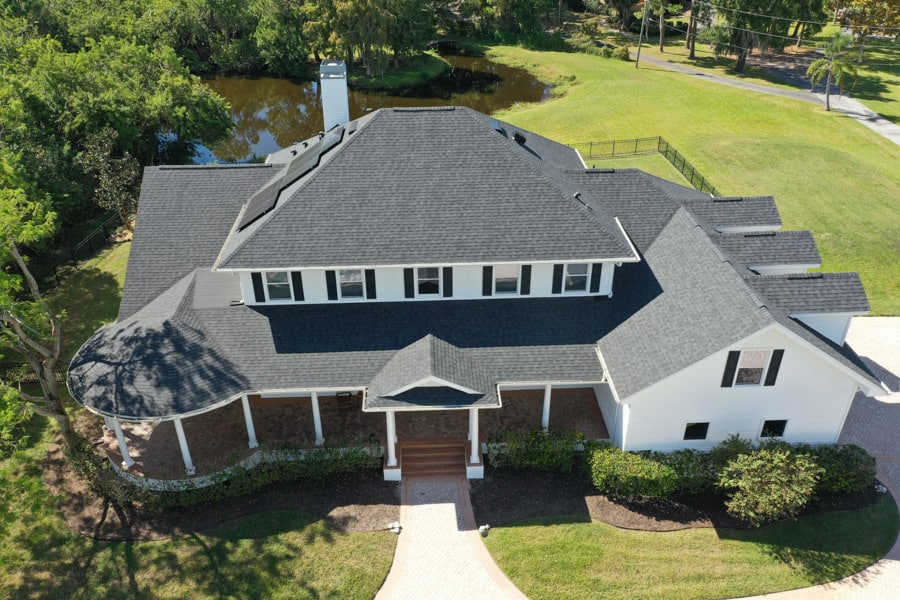Florida weather is notorious for unexpected hurricanes and tropical storms. The homeowners of Florida, therefore, should be careful while choosing their home design and roofing materials.
Significance of the roof design
- If one is to build a wind-resistant roof, one should think of a design that can distribute the wind load equally to all sides. The design should enable the roof to facilitate easy wind flow posing the least resistance.

- A multisided roof with a number of roof panels would offer the least resistance. A 30 degree slope is recommended. So a four-sided roof will withstand the wind load more than a two-sided one. A hexagonal or octagonal roof will further reduce the wind load. The hip roof resists the wind force effectively.
- The aerodynamics of the multisided roof allows the wind to flow around it rather than against it. Another aerodynamics-related technique is to install a central shaft that connects ridges to the lowest internal space area. Since the ridge is the most wind-affected area of a roof, it is wise to fortify it further.

- A dome shape is the most suitable roof design where frequent hurricanes and storms are frequent
- The overhanging eves are perhaps the most vulnerable aspect of a roof because the uplift force of the wind affects this part of the roof more than any other. Flush eves are a prudent choice here.
Roof materials
- The wind-resisting capacity of each roofing material varies. Strong winds blow asphalt shingles off, wholly or partially. So asphalt shingles are not entirely suited for hurricane-prone areas like Florida. Still, the affordability of the same usually prompts homeowners to opt for them, in spite of frequent maintenance requirements.
- Tiles, terracotta, and concrete tiles are less liable to be ripped off in the winds, but clay tiles are likely to be damaged by flying debris. Concrete tile, however, stays put.

- Metal roof is more suited to hurricane-prone localities than asphalt shingles or clay tiles. They are long sheets that are bolted to rafters and so resist the uplift force of the winds.

Proactive strategies
- Homeowners should see that they do not neglect the mandatory yearly maintenance of their roofs. Even if it is just roof cleaning and gutter cleaning, they should take the work seriously.
- Yearly roof inspections for new installations and half-yearly roof inspections for roofs that are more than ten years old are recommended.
- Treat the inspection of vulnerable points of the roof after every severe weather event as obligatory.
- Obey all building codes stipulated by the authorities. They make the codes after elaborate deliberations and research.
source https://www.tampabayroofs.com/tampa/how-do-various-roof-types-hold-up-to-hurricanes/